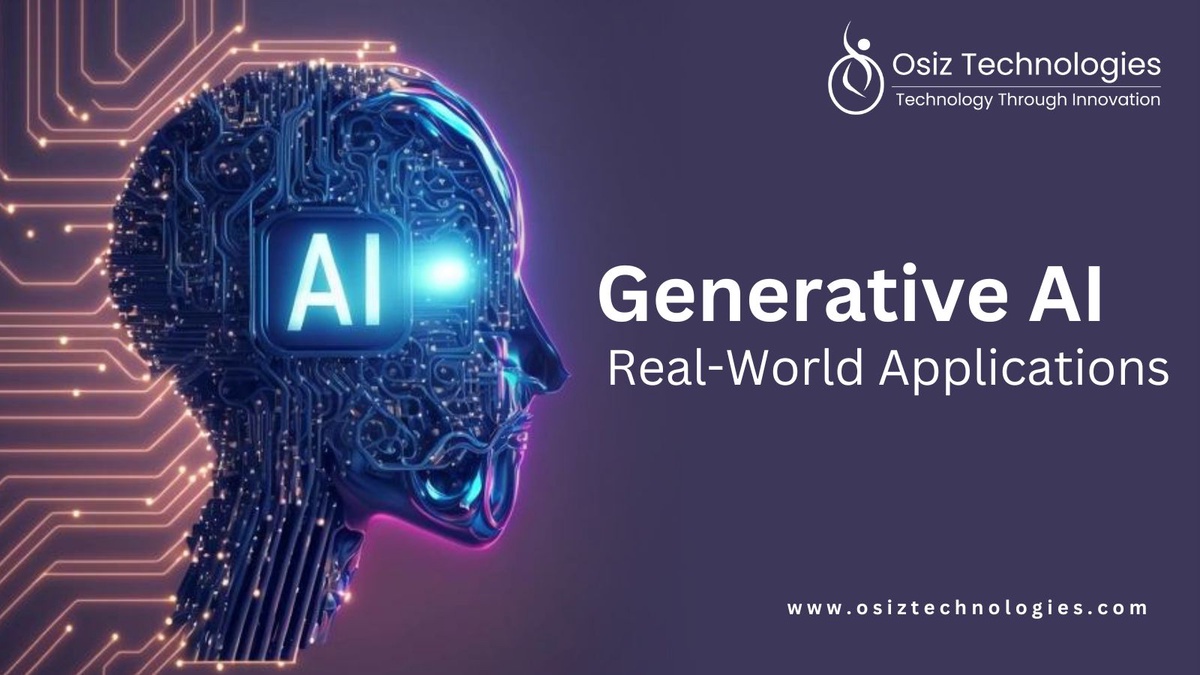In recent years, Generative AI has emerged as a transformative technology, revolutionizing various industries with its ability to create new content, simulate environments and enhance decision-making processes. From generating artwork and music compositions to aiding drug discovery and architectural design, the applications of Generative AI are vast and diverse. This article explores some of the real-world applications of Generative AI across different industries.
Art and Creativity: Generative AI empowers artists to explore new creative avenues and push the boundaries of traditional art forms, fostering innovation and experimentation in the artistic community.
Content Creation: Leveraging generative models in content creation streamlines the process of generating large volumes of personalized content tailored to specific audience demographics and preferences, enhancing engagement and brand visibility.
Virtual Fashion Design: By harnessing generative algorithms, virtual fashion designers can rapidly prototype and iterate on designs, facilitating collaboration between designers and consumers in virtual spaces while minimizing production costs and waste.
Video Game Development: Generative AI enables game developers to dynamically generate game content such as levels, characters, and quests, providing endless possibilities for procedural generation and enhancing replayability and player immersion.
Drug Discovery and Chemistry: Generative models assist chemists in generating novel molecular structures with desired properties, accelerating the drug discovery process and potentially unlocking new treatments for diseases.
Medical Imaging: Generative AI enhances medical imaging by generating high-resolution images, improving diagnostic accuracy and enabling medical professionals to visualize anatomical structures with greater clarity and detail.
Architectural Design: Integrating generative algorithms in architectural design allows architects to explore innovative design concepts and optimize building layouts for efficiency and sustainability, revolutionizing the field of architecture and urban planning.
Data Augmentation: Generative models generate synthetic data that closely resembles real-world data, enabling more robust training of machine learning models and improving their performance on diverse datasets and real-world scenarios.
Language Translation and Synthesis: Generative AI facilitates seamless language translation and synthesis by generating fluent and contextually relevant translations, breaking down language barriers and fostering global communication and understanding.
Recognizing the vast potential of Generative AI, businesses seeking to integrate these technologies into their operations can benefit from partnering with experts like Osiz. As a premier Generative AI Development Company, Osiz offers tailored generative artificial intelligence solutions across diverse business sectors. Reach our team today to harness the transformative power of AI and propel your business towards unprecedented success.


No comments yet